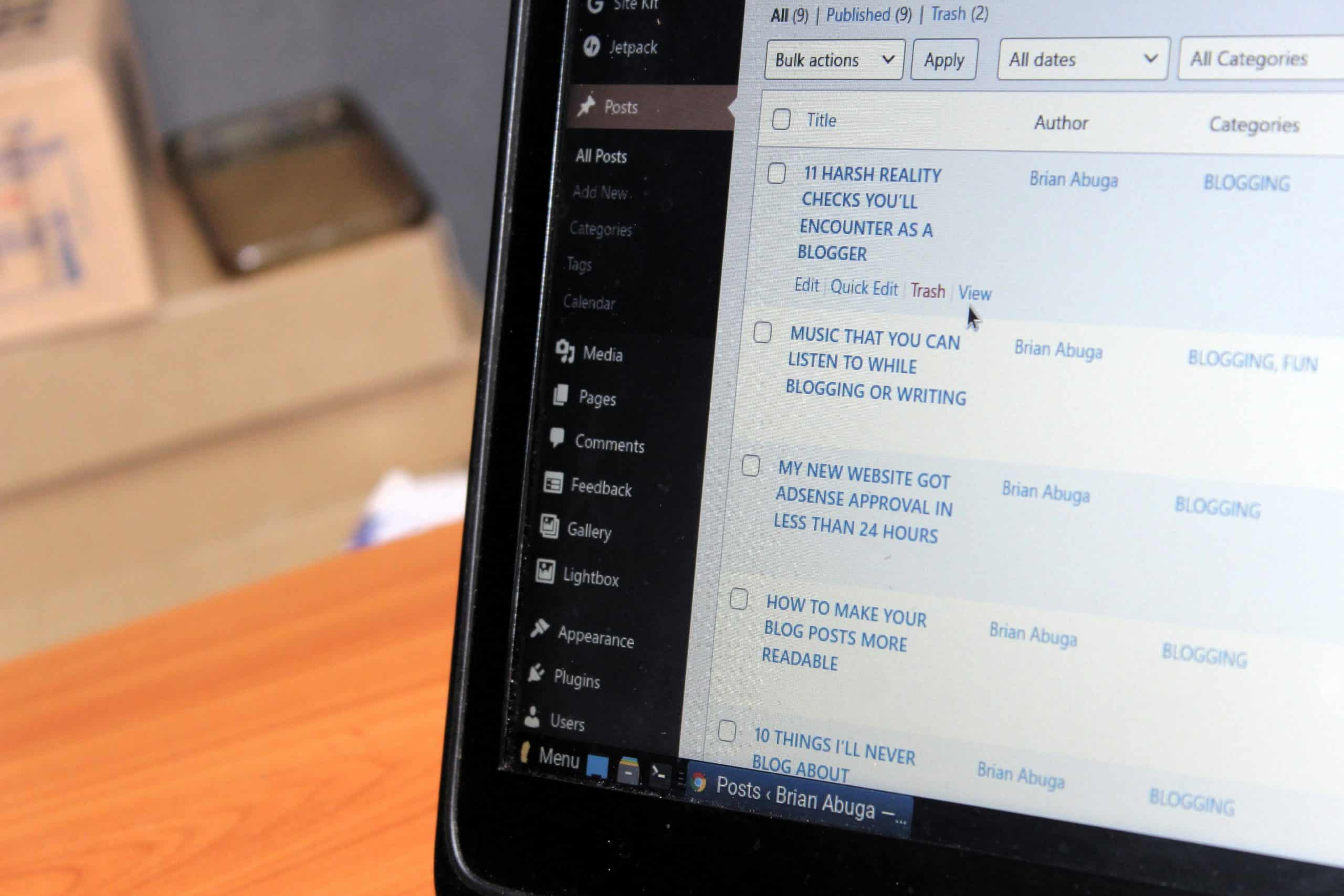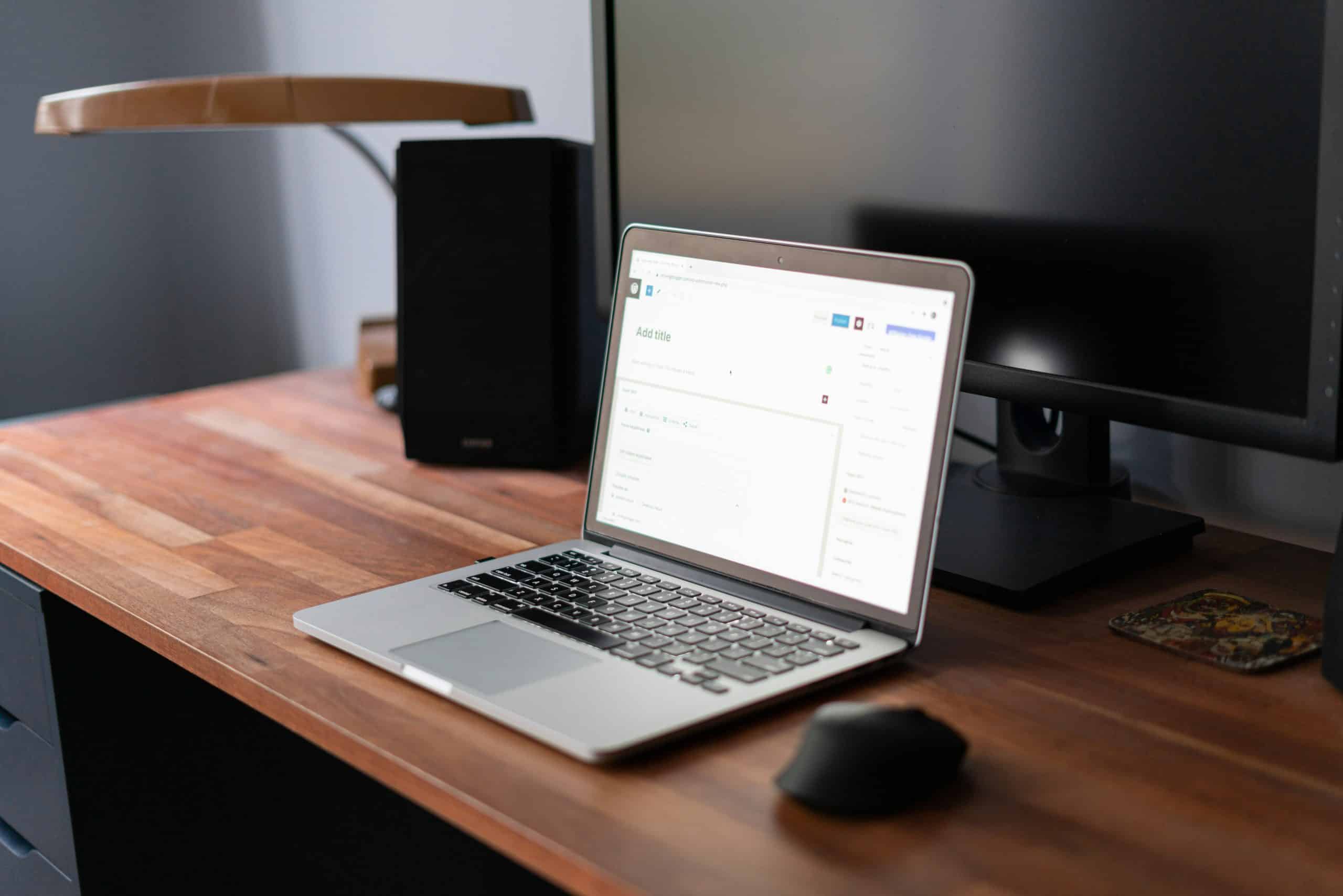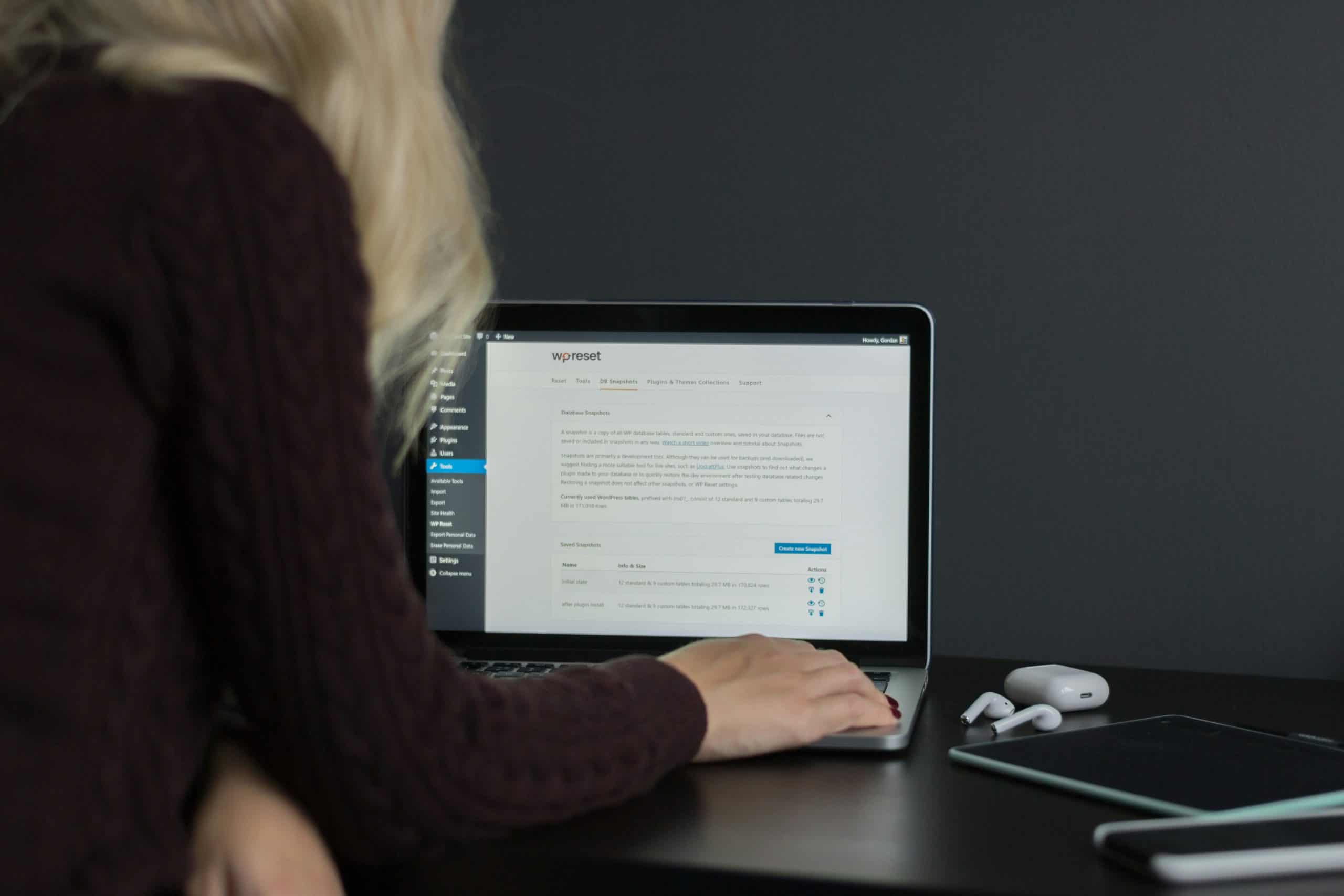Are you tired of the generic, uninspiring login page that WordPress provides by default? Do you want to add an extra layer of security to your website by changing the login URL? If so, you’re in the right place. In this article, we will explore how to transform your WordPress login page from bland and forgettable to a visually stunning and secure gateway for users. We’ll delve into the reasons why customizing your login page and URL can enhance your website’s overall aesthetic appeal and protect it from potential security threats.
Importance of WordPress login page security
The importance of WordPress login page security cannot be overstated. With over 40% of the web being powered by WordPress, it’s a prime target for hackers and malicious attacks. The login page is often the first point of entry for hackers attempting to gain unauthorized access to your website. Therefore, securing this gateway is crucial in protecting your site from potential threats.
Without robust security measures in place, sensitive information such as user credentials and personal data are at risk of being compromised. This can have severe ramifications for both website owners and visitors alike, leading to loss of trust, reputation damage, and legal consequences. By prioritizing the security of your WordPress login page, you not only safeguard valuable resources but also demonstrate a commitment to maintaining a safe online environment for all stakeholders. In an age where cyber threats are constantly evolving, investing in robust login page security is an essential aspect of responsible website management.

Understanding the default WordPress login URL
Understanding the default WordPress login URL is crucial for maintaining your website’s security. By default, the WordPress login page is usually located at yourdomain.com/wp-login.php or yourdomain.com/wp-admin. This predictable URL makes it easier for potential hackers to target your site and attempt unauthorized access. It’s important to comprehend that leaving the default login page unchanged can pose a major security risk for your website.
To enhance the security of your WordPress website, it’s advisable to change the default login URL to something more unique and less predictable. By doing so, you can effectively thwart possible brute force attacks and unauthorized login attempts. Additionally, changing the default login page can significantly reduce the chances of being targeted by automated hacking tools that search for standard login URLs. Taking this simple but effective measure can contribute immensely to fortifying your website’s overall cyber resilience posture.
Risks of using the default login page and URL
Using the default login page and URL in WordPress may pose several security risks for website owners. One of the major concerns is that hackers can easily identify the default login page, making it susceptible to brute force attacks. By continuously bombarding the standard login URL with username and password combinations, malicious actors can gain unauthorized access to your site.
Another risk of using the default login page is that it exposes your website to automated bot attacks. These bots can attempt thousands of logins within a short period, putting immense strain on your server and potentially causing performance issues or even crashing your site. Additionally, leaving the default login page unchanged makes it easier for attackers to exploit known vulnerabilities and launch targeted attacks, jeopardizing the overall security of your WordPress site.
In light of these risks, it becomes crucial for website owners to take proactive measures to secure their WordPress login page and URL. Implementing strategies such as changing the default login page and URL can significantly enhance website security by adding an extra layer of protection against unauthorized access attempts.

Methods to change the WordPress login page and URL
Changing the WordPress login page and URL is a vital security measure that many website owners overlook. By leveraging the WP Captcha plugin, you can easily enhance your site’s security while providing a seamless user experience. This powerful plugin allows you to customize your login page with various features, such as reCAPTCHA integration and custom logo options, effectively deterring bots and unauthorized access attempts.
Furthermore, the WP Captcha plugin enables you to change the default login URL from ‘/wp-login.php’ to a unique address of your choice. This added layer of protection can significantly reduce the risk of brute force attacks and unauthorized login attempts on your WordPress website. With its user-friendly interface and robust security features, this plugin offers an effective solution for safeguarding your site without compromising convenience for users or administrators.
In conclusion, implementing methods to change the WordPress login page and URL using the WP Captcha plugin is essential for strengthening your site’s defenses against malicious activities. By taking advantage of this powerful tool, you can protect sensitive information and maintain control over access points, ultimately ensuring a secure environment for both users and administrators alike.
Step-by-step guide to changing the login page and URL
Changing the login page and URL in WordPress can add an extra layer of security to your website. By incorporating the WP Captcha plugin, you can safeguard your login page from potential threats. To begin, install and activate the WP Captcha plugin from the WordPress repository. Once activated, navigate to the settings and select the Login Form tab where you can enable captcha for your login form.
Next, it’s important to set up a custom URL for your login page to avoid common attacks such as brute force attempts. With a plugin like WPS Hide Login, you can easily change the default /wp-admin or /wp-login.php URLs to something unique that only you know. This not only adds an additional barrier for hackers but also gives off a professional and customized appearance for your site.
In conclusion, changing the login page and URL is a simple yet effective way to enhance security on your WordPress website. Incorporating plugins like WP Captcha and WPS Hide Login can fortify your defenses against unauthorized access attempts while also giving you more control over how users interact with your site’s backend. By following these steps, you’ll be well on your way to creating a more secure online presence for both yourself and your visitors.

Testing and troubleshooting after making changes
Once you’ve made changes to your WordPress login page and URL, it’s crucial to thoroughly test and troubleshoot the new setup. Start by attempting different login scenarios, such as entering incorrect credentials or using special characters in the username or password. This will help identify any potential issues with the new login page and URL structure. Additionally, make sure to test how the change affects user roles, permissions, and user experience across different devices and browsers.
Furthermore, consider using tools like browser developer consoles or WordPress debugging plugins to identify any errors or warnings that may arise from the changes. Utilizing these resources can provide valuable insights into any underlying issues that need troubleshooting. It’s also important to seek feedback from users or colleagues who can test the new login process and provide real-world perspectives on its functionality. By thoroughly testing and troubleshooting after making changes, you can ensure a seamless transition to your updated WordPress login page and URL.
Conclusion: Importance of securing WordPress login page
In conclusion, the importance of securing the WordPress login page cannot be overstated. With countless cyber threats looming over digital platforms, safeguarding the entry point to your website is crucial for protecting sensitive data and ensuring user privacy. By implementing robust security measures, such as changing the login page URL, using strong passwords, and enabling multi-factor authentication, website owners can significantly reduce the risk of unauthorized access and potential breaches.
Furthermore, a secure WordPress login page not only enhances the overall safety of your website but also instills trust among your users. It demonstrates a commitment to their security and wellbeing, which can have a positive impact on user retention and brand reputation. Ultimately, investing in fortifying the WordPress login page is an essential step in maintaining a secure online presence and building credibility in an increasingly vulnerable digital landscape.